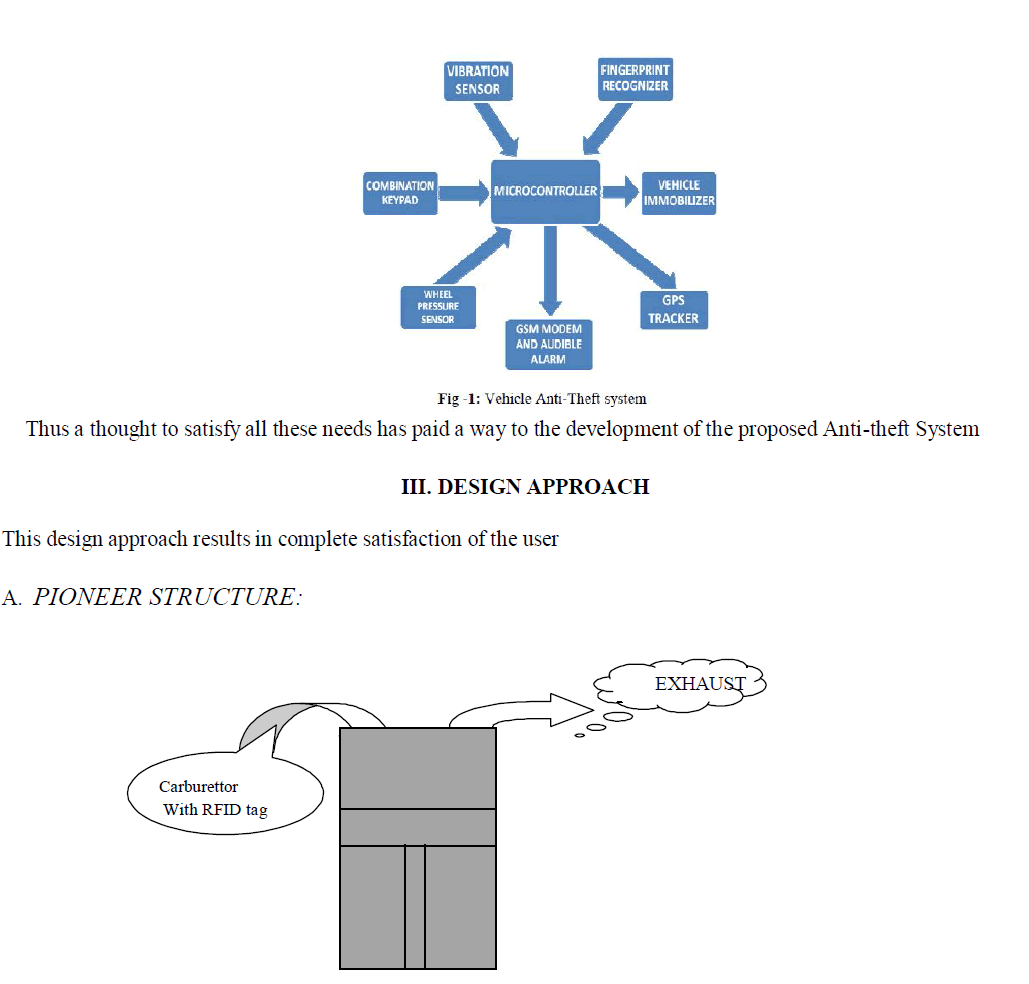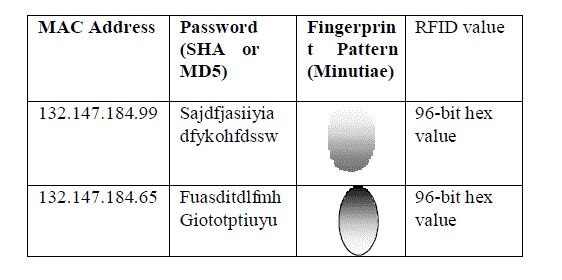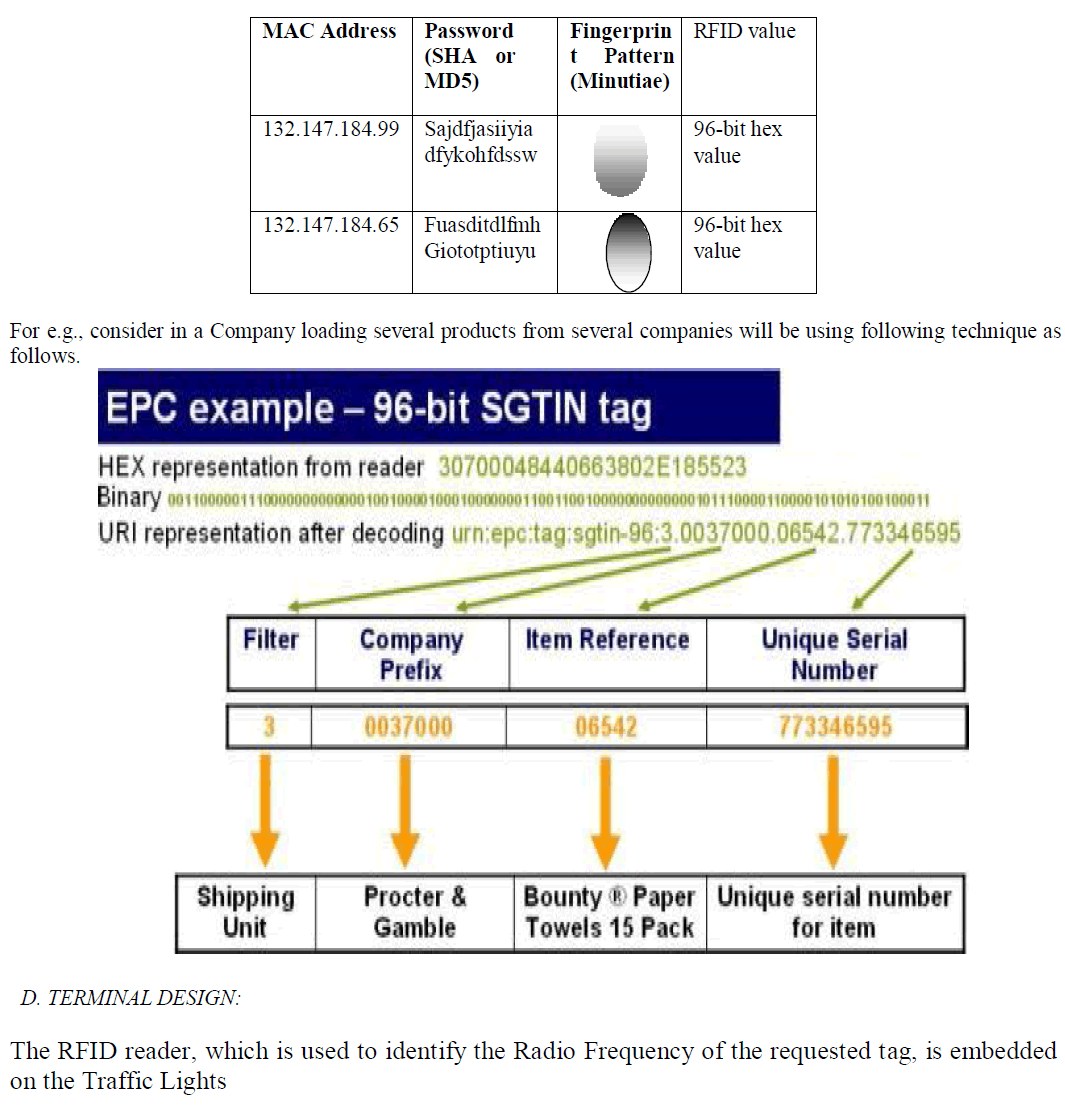ISSN ONLINE(2319-8753)PRINT(2347-6710)
ISSN ONLINE(2319-8753)PRINT(2347-6710)
Chinar Shah1, Anu Nair1, Mehul Naik2, Sonal Bakshi3
|
| Related article at Pubmed, Scholar Google |
Visit for more related articles at International Journal of Innovative Research in Science, Engineering and Technology
The health concerns have been raised following the enormous increase in the use of wireless mobile telephones throughout the world. According to the International Agency for Research in Cancer (IARC), a part of World Health Organization (WHO) has designated cell phone radiation i.e. non-ionizing radiofrequency radiation as „Possible Human Carcinogenâ [Class 2B] in May, 2011. It is believed that the effect is caused because of the electromagnetic frequency generated by the radio frequency which couples with the human tissues which results in induced electric and magnetic fields that cause field distribution in the body. Thus, human body acts as an antenna that receives electromagnetic waves externally. Therefore, effect of radiofrequency radiation needs to be studied by examining the target tissues that are directly exposed to electromagnetic waves i.e. brain tissue, circulating blood, and facial muscles. In this study, circulating blood was taken as target tissue and subjected to cell phone radiation in vitro and following short term cultures metaphase chromosomes were analyzed for frequency of breakage. The results indicated significant increase in chromosomal damage at higher power level and longer exposure times
Keywords |
| Cell phone radiation, athermic effect, non-ionizing radiation, in-vitro Genotoxicity assessment, chromosome aberrations, Class 2B |
INTRODUCTION |
| The health concerns have been raised following the enormous increase in the use of wireless mobile telephones throughout the world. India has experienced a phenomenal growth in mobile phone users; and it is the second largest mobile phone user. Specific Absorption Radiation (SAR) is a measurement of the rate of radiofrequency energy absorption by the body over a given time and expressed as the power absorbed per unit mass. The measurement of SAR values for the given instrument needs a specially made liquid whose electrical characteristics are same as the brain tissues. The antenna radiates RF power and the liquid is irradiated, which is measured by inserting a probe to measure how much power is absorbed by liquid at various points. The absorbed power as read by the probe must be below the limit recommended by the International Commission on Non-Ionizing Radiation Protection (ICNIRP), Federal Communications Commission of USA (FCC), Telephone Regulatory Authority of India (TRAI) and Department of Telecommunication (DOT) which is 2.0 W/kg. According to the revised FCC norms for mobile handsets, India also adopted the revised SAR values which is 1.6W/kg implemented from 1st September, 2013. |
| Electromagnetic waves (EMW) emitted from cell phones and even microwave ovens fall within the low frequency range of EMW between 300 MHz to several gigahertz. The energy carried in EMW is composed of electrical and magnetic fields and it is better represented by the term power density (PD). PD is defined as the amount of power per unit area in an irradiated microwave field and is usually expressed in milli or microwatts per square centimetre (mW/ cm2 or μW/cm2). The level of energy in such EMW is so low that it cannot break the covalent bonds in biological molecules, as the photons released by this type of radiations are below the threshold for causing DNA breakage as the energy is not sufficient to break the bond and cause aberrations [Vasant Natarajan, 2013]. These radiations being nonionizing in do not have the thermal effect that can break the chemical bonds in a molecule but due to high vibration it can increases the vibrations and entropy of the molecule, and this athermic effect following long and high power exposure can lead to bond breakage. Genotoxicity is a property of a substance that makes it harmful to the cellular genetic material of living organisms. While there are many different factors that can affect DNA, RNA, and other accessory proteins of nucleic acid replication and repair, the genotoxicity implies structural damage to the genetic material. Cell phone radiations are radiofrequency radiations that fall under non-ionizing radiation. These radiations being non-ionizing in nature do not have the thermal effect that can break the chemical bonds in a molecule but due to high vibration it increases the randomness; i.e. entropy of the molecule and hence causes bond breakage [Agarwal et al, 2011]. Hence, the study was undertaken to assess the effect of exposure to radiofrequency waves of cell phone on the systemic tissue in terms of invitro chromosomal breakage. |
METHODS AND MATERIALS |
| Short term in-vitro culture was carried out according to the OECD guidelines 473. Blood was collected in sodium heparin vials in sterile conditions. 0.8 ml of blood was added to RPMI-1680 media and were incubated at 37ï°C. At 48th hour, the culture tubes were exposed to radiation, the dose and duration details as described below. All the experiments included controls in the form of unexposed and sham-exposed cultures. At 70th hr colchicine was added to the culture tubes and at 72nd hr cells were treated with 0.56 % KCl hypotonic solution. The cells were then treated with CarnoyâÂÂs fixative and clear cell palate was obtained for slide preparation. Slides were stained with 4% Giemsa and allowed to dry. Each cultures were scored for minimum 100 well spread metaphase plates in terms of chromosomal breakage. |
IRRADIATION DOSE AND DURATION DETAILS |
| A small and isolated area in a room was selected which was checked for absence of any stray radiations.The culture tubes were exposed to given dose of cell phone equivalent radiation in this room at two different RF power levels in different experiments; i.e. 20 dBm and 30 dBm. The selection of these RF power levels was done in order to compare with the real life scenario i.e. when the mobile phone user is closer to the boundary of the cell, in other words farthest from the cell tower, the mobile phone radiates typically maximum of 30 dBm i.e. 1 Watt RF power level; and when the mobile user is well inside the boundary of the cell, in other words closer to the cell tower, the mobile phone radiates typically 20 dBm i.e. 0.1 Watt RF power level. In order to mimic these conditions 916 MHz frequency was selected to match with the general cell phone radiation intensity. The exposure timing of these radiations to in-vitro cultures were decided on the bases of the survey of 127 individuals conducted, which was 1-8 hr according to the usage of the individuals. Thus, two set of experiments were carried out one with 20 dBm and another with 30 dBm at 916 MHz with the exposure time of 1-8 hrs at one hour interval. |
 |
RESULTS |
| The first set of peripheral blood lymphocyte cultures were exposed to 20 dBm power level at 916 MHz frequency for 8 different time durations; i.e. 1-8 hrs. This first set of experiment showed no increase in the frequency of chromosome aberrations as compared to control and sham-exposed cultures. In case of second set of in vitro peripheral blood lymphocyte cultures exposed to 30 dBm power level with same frequency and time intervals, there was no significant increase in chromosomal breakage as compared to control cultures except for the cultures irradiated for 7 hours, which was again comparable to controls in case of cultures irradiated for 8 hours where the number of cells in metaphase were also reduced suggesting cytotoxicity. |
 |
 |
DISCUSSION |
| The current study of in vitro exposure of cell cultures to cell phone radiation, two different power densities were used for irradiation to assess the degree of induced chromosomal damage for different time duration at constant frequency. In cultures that were exposed to 20 dBm power level there was no increase in frequency of chromosomal breakage regardless to duration of exposure. The results may indicate 20 dBm could be weak or low to induce genomic damage for the given dose and duration, as the photons generated can be below threshold level. Similarly, when cultures were exposed to 30 dBm power level there was increase in chromosomal damage with longer exposure times as compared to control and sham-exposed cultures. There was no chromosomal damage observed in culture exposed for 1 hr to 6 hrs and 8 hrs, but for the same level when the culture was exposed to 7 hr. it showed significant increase in the damage. However, the cultures exposed to 8 hr. also showed lower proportion of mitotic cells indicating possible cytotoxic effect of radiation at higher dose leading to less number of mitotic cells. When results of both power densities 20 dBm and 30 dBm were compared for different time exposures, it could be summarized that at high power level for longer time duration the exposure to cell phone radiation could lead to increase in chromosomal damage. |
| The in vitro exposure to cell phone radiation needs to be further studied for genotoxicity in which the dose can be planned considering the constant access to Internet thruâ cell phone, making it emit more radiation regardless of the talking function being used or not, this is evident by the fact that Internet use makes the battery drain much faster. In view of the IARC report and our study, it is appropriate to summarize that cell phone use needs to be restricted to current guidelines. |
References |
|